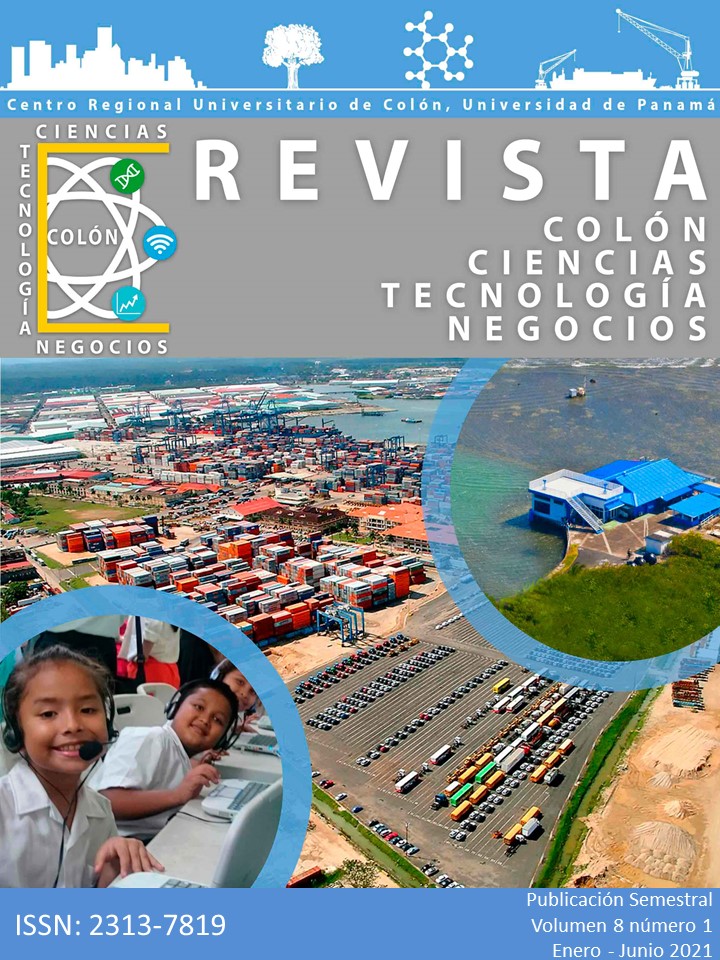

Lippia alba (Mill.) N.E. Brown is an aromatic and medicinal plant that is currently used for the treatment of multiple gastrointestinal ailments in a conventional way. It has been proven to have antibacterial, antiviral, antiparasitic and antifungal properties, which make this plant an ideal raw material for applications within the pharmaceutical industry. From its leaves, essential oils, aqueous or alcoholic extracts can be obtained through different extraction methods that allow evaluating and knowing their physical, chemical, microbiological and functional characteristics. The purpose of this work was to determine the effect of ultrasound-assisted extraction on the characteristics of Lippia Alba (Mill.) N.E. Brown modifying the extraction conditions, carrying out extractions of three combinations under three different temperatures: 25ºC, 40ºC and 55ºC; and two times: 30 minutes and 60 minutes, carrying out a phytochemical and functional characterization of the plant extracts and an evaluation of the resulting yields of these extracts. The phytochemical composition was performed by Wagner, Benedit, foam, Shinoda test, ferric chloride and 10% sodium hydroxide, identifying the presence of alkaloids, phenols, tannins and saponins as secondary compounds. The determination of phenolic content was carried out with Folin Ciocalteu and the antioxidant capacity by means of ABTS, FRAP and DPPH techniques, managing to identify the extracts with the best characteristics and determining the optimal ultrasonic extraction condition.